Science news in brief: From mouldy cheese to trilobites doing the conga
And other news from around the world
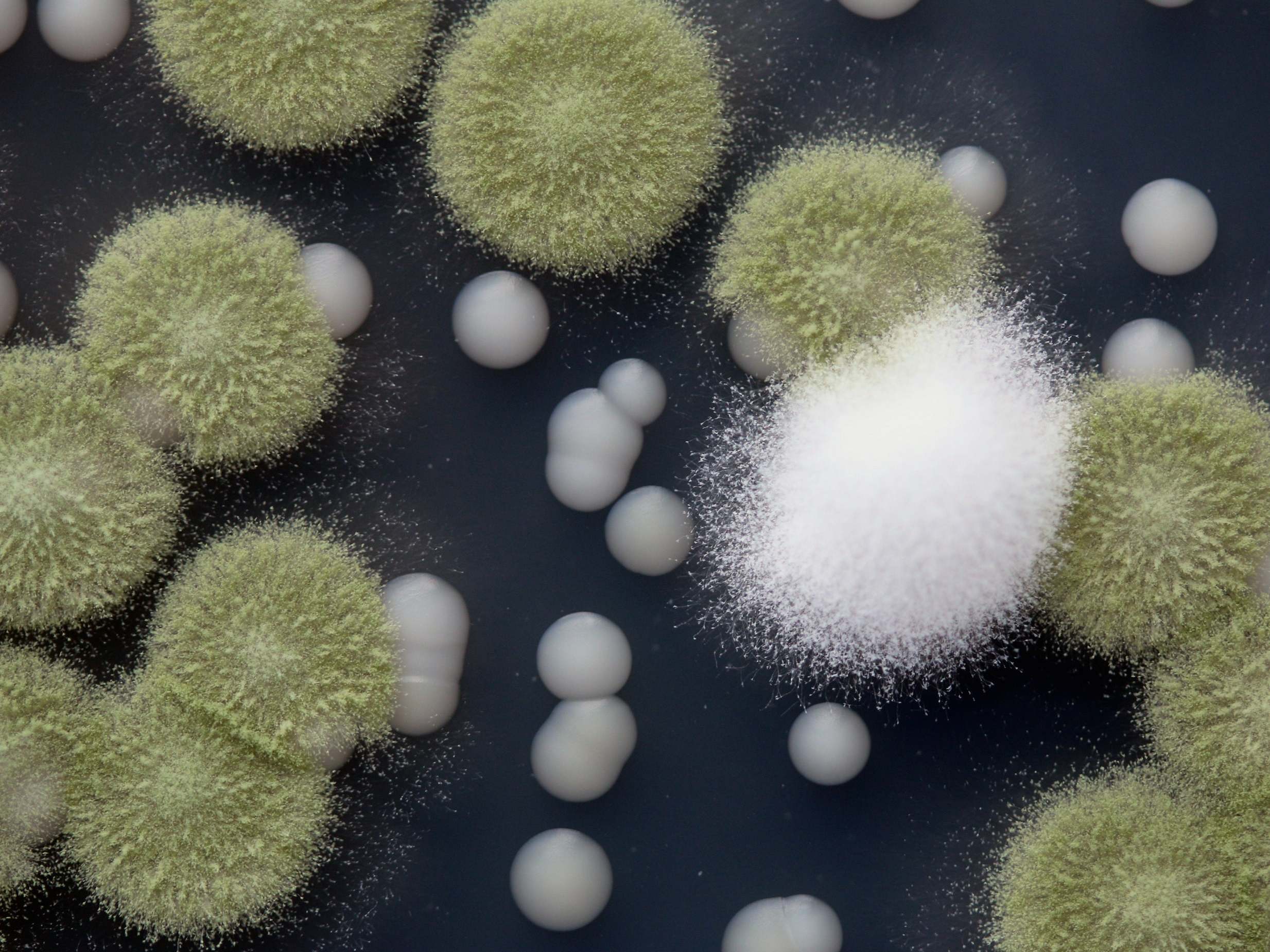
Your support helps us to tell the story
From reproductive rights to climate change to Big Tech, The Independent is on the ground when the story is developing. Whether it's investigating the financials of Elon Musk's pro-Trump PAC or producing our latest documentary, 'The A Word', which shines a light on the American women fighting for reproductive rights, we know how important it is to parse out the facts from the messaging.
At such a critical moment in US history, we need reporters on the ground. Your donation allows us to keep sending journalists to speak to both sides of the story.
The Independent is trusted by Americans across the entire political spectrum. And unlike many other quality news outlets, we choose not to lock Americans out of our reporting and analysis with paywalls. We believe quality journalism should be available to everyone, paid for by those who can afford it.
Your support makes all the difference.The mutating fungus that’s good news for cheese lovers
Camembert cheese was invented in 1791 when a priest from Brie (yes, like the cheese) took shelter with a dairymaid, Marie Harel, as he fled France’s anticlerical government. He taught her to make cheese with an edible rind, as local lore tells it. But the lesser-known character in Harel’s story is a mysterious mould that resided in Normandy.
Penicillium appears in the wild as a toxic blue fungus, but in camembert, brie and other French regional cheeses, it is white and edible. For centuries, cheesemakers didn’t know how it evolved from its untamed to its domesticated forms. In a new study, researchers offer the first detailed view of how a fungus transforms into a mould safe for food production in as few as four weeks. Throughout a summer, the research team planted wild blue penicillium on the surface of cow’s milk cheese curd while simulating the conditions of French cheese caves.
“We saw in real-time how the fungi could change their metabolism in a way that would be advantageous for cheesemakers,” says Benjamin Wolfe, assistant professor at Tufts University. He says the research could lead to “a diverse new approach to making cheese in the United States”.
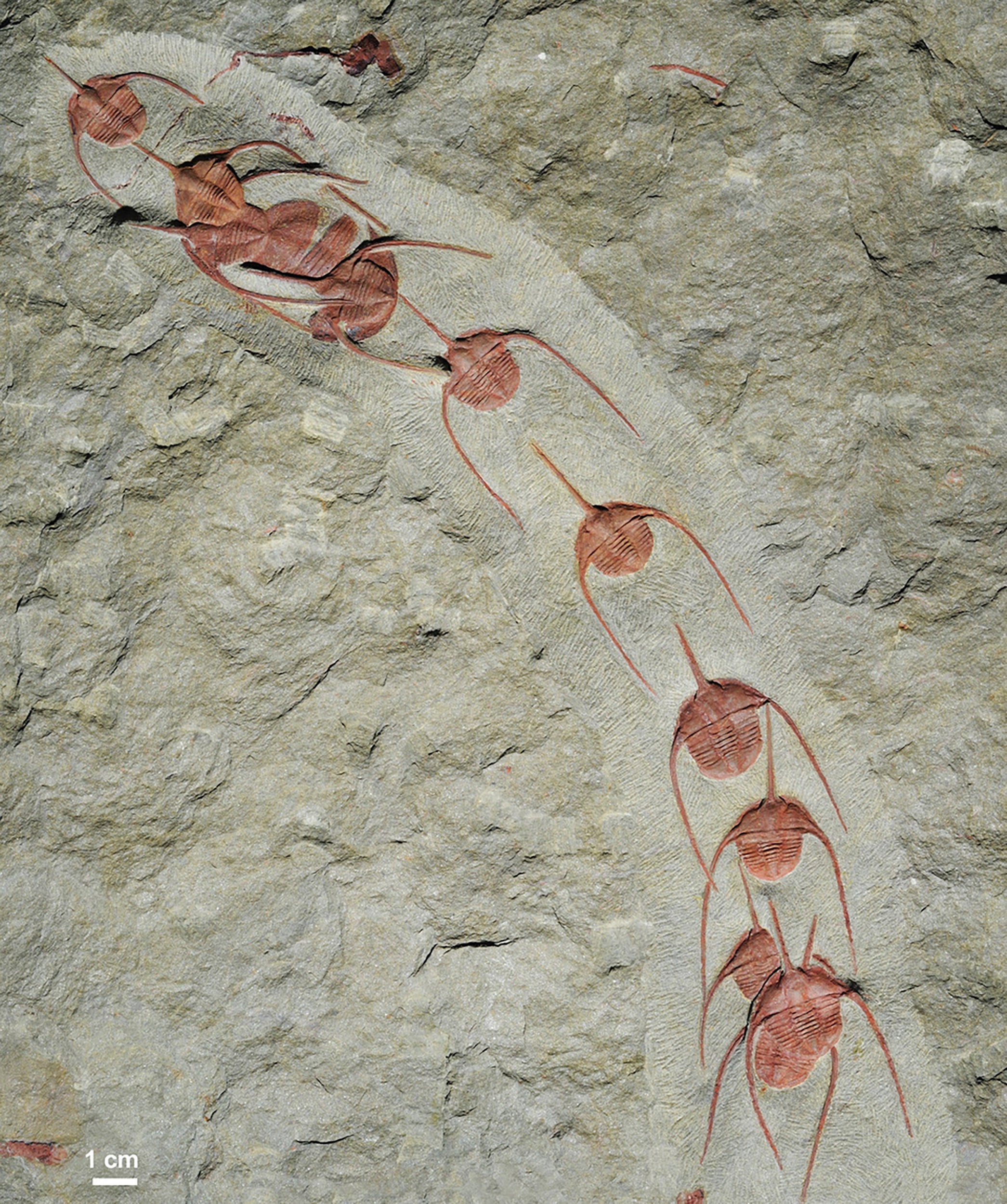
Trilobite fossils show conga line frozen for 480 million years
You probably don’t think twice when you queue up at the grocery store or join a conga line at a wedding. But this type of single-file organisation is a sophisticated form of collective social behaviour.
But how far back in the history of living things on Earth does this behaviour go? At least 480 million years, according to a new study. It points to evidence of fossilised marine animals called trilobites lining up one-by-one during a time when complex life was still coming of age on Earth.
“Probably, collective behaviour developed very early among various groups of arthropods,” says Jean Vannier, a palaeontologist at the Université Claude Bernard Lyon 1 in France, and the study’s lead author.
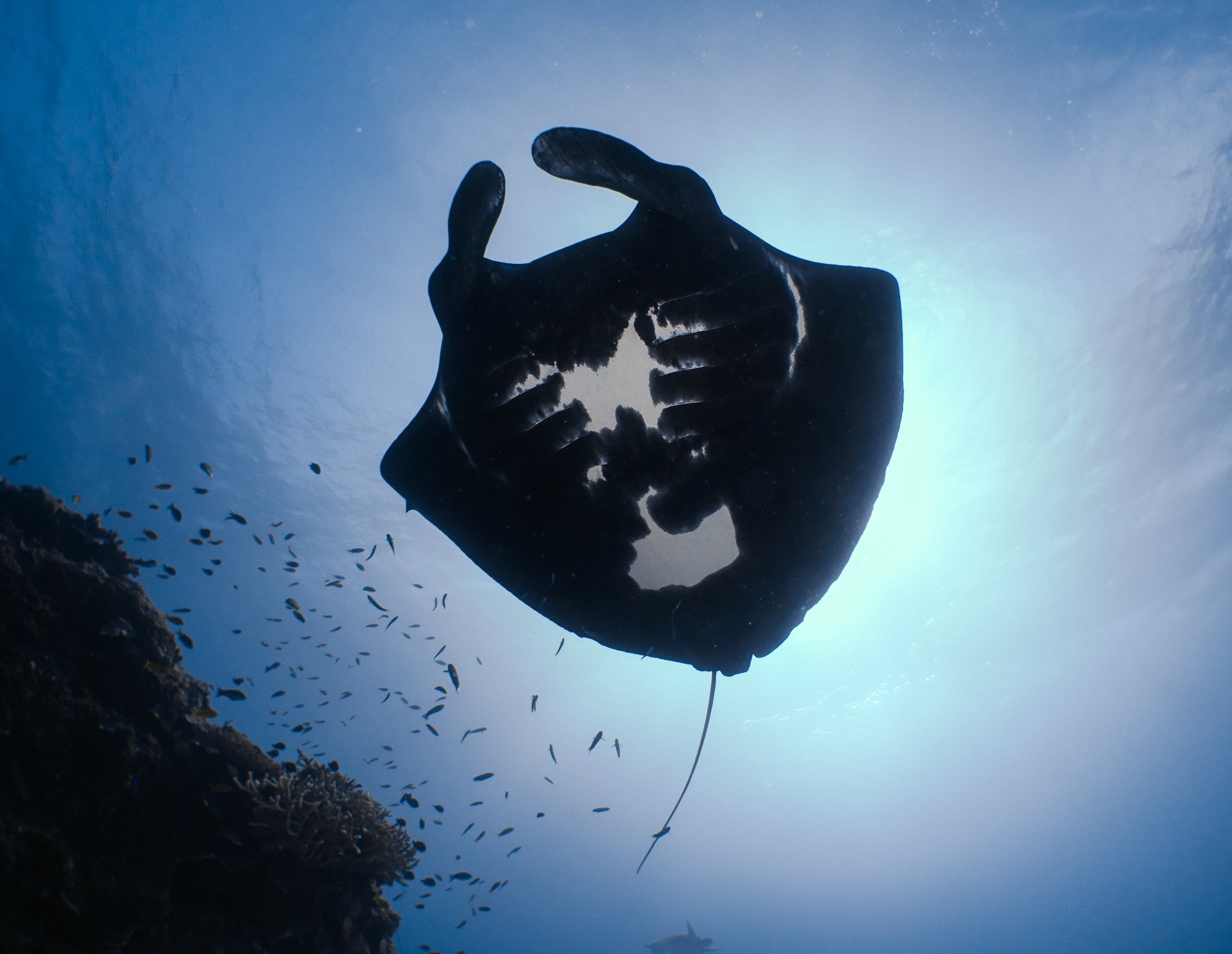
The mystery of the melanistic manta rays
The bellies of most manta rays are white, but some are splattered with unique black blotches.
This trait, known as melanism, is seen with some frequency on land. For many terrestrial animals, having a black coat seems to offer an evolutionary advantage. It helps some pocket mice hide out and some insects to resist diseases, for example.
But underwater, melanism is far less common.
In a new study, researchers confirmed that some manta ray populations have more melanistic individuals than others. For the moment, the team hypothesises that an evolutionary process that is neutral, and not related to predation, might be at play.
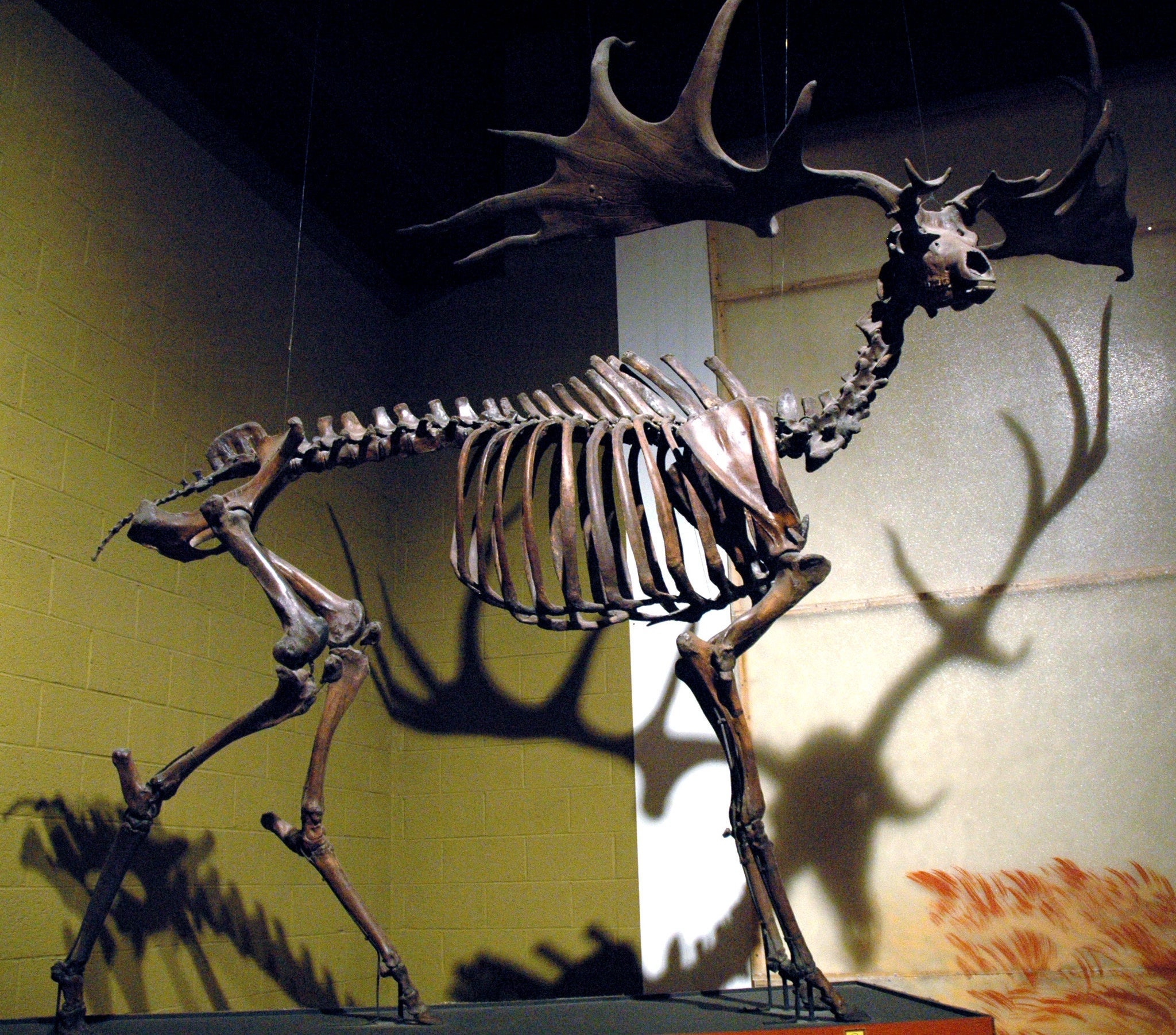
It had the biggest antlers ever found. Were they weapons?
The antlers of the prehistoric deer Megaloceros giganteus were the largest the world has ever known — up to 12 feet wide and 5 feet high — atop the head of a creature otherwise no taller than a modern moose.
Some palaeontologists have argued that the impressive head ornaments were just for show. But a new study used a novel method to suggest that the deer’s giant antlers were indeed colossal combat weapons, and to suggest how they may have been wielded.
To prove that the giant antlers were used in ancient deer-on-deer conflict, researchers devised a method of “virtual crash testing”, running the fossilised skull and antlers of M giganteus through a scanner. The researchers ran their models through common deer fighting moves and produced heat maps detailing how much stress would be put on the antlers in each scenario, and where exactly the stress would be concentrated.
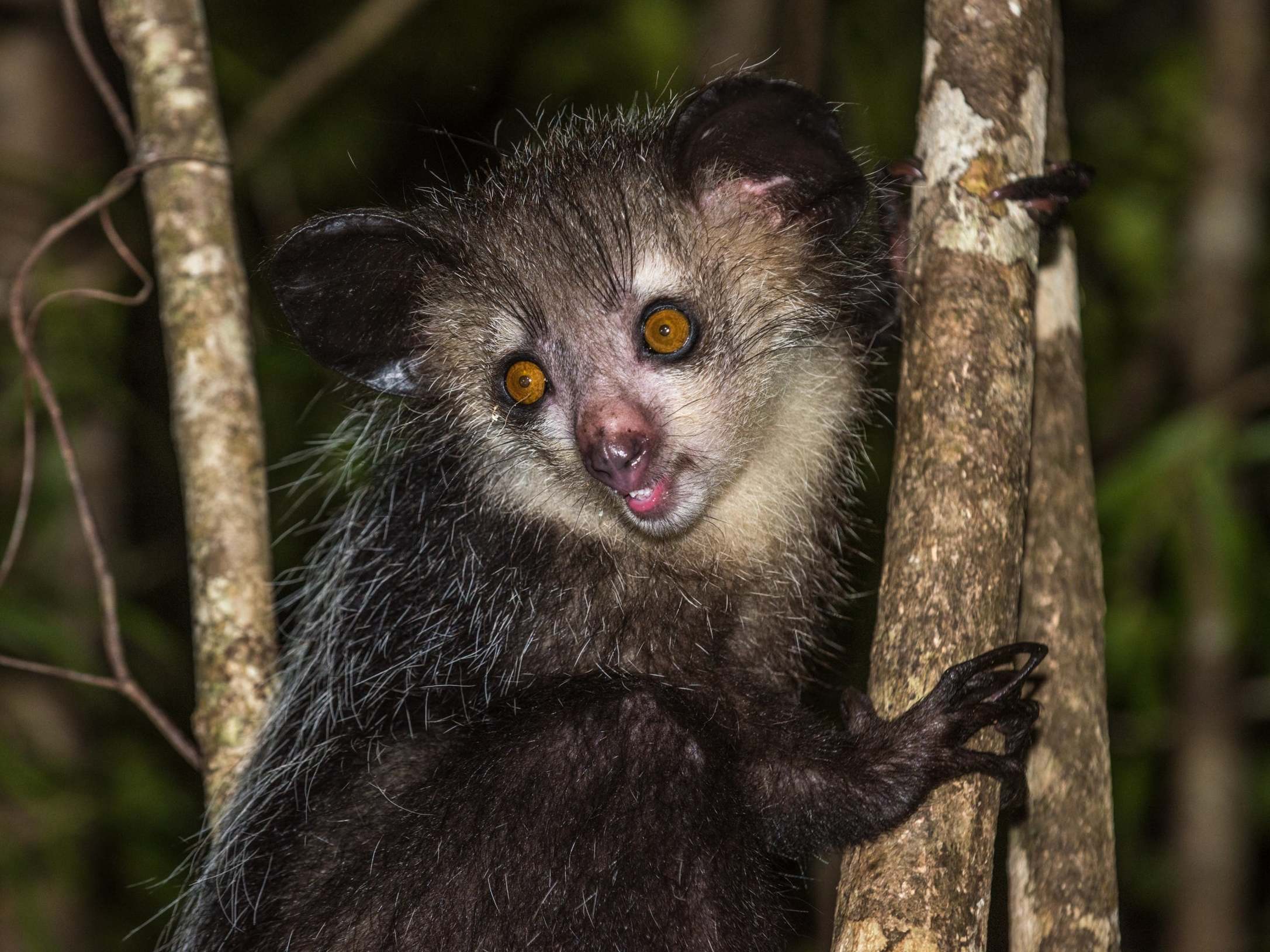
Add ‘pseudo thumb’ to the aye-aye lemur’s bizarre anatomy
Madagascar’s aye-aye lemur has enormous ears, a bushy tail, mammary glands between its legs and white hairs that bristle when it’s agitated. Above a vampiric nose and mouth of incisors that never stop growing, candy-corn-coloured eyes glow like full moons. Gangly fingers capped in curled claws punctuate its hands. The middle finger, a spindly stick, rotates on a ball-and-socket joint. Sometimes it folds over an even longer fourth finger.
If these weren’t enough to meet the quota for eccentric adaptations, scientists just found another — a secret spare thumb.
“We’ve studied the function of those weird, spindly middle fingers so long that nobody ever looked at this kind of lowly structure on the wrist,” says Adam Hartstone-Rose, an anatomist who led the team that completed the research. “But that structure has arguably more evolutionary significance than that weird, little spindly finger.”
A century of study had overlooked the aye-aye’s pseudo thumb. The researchers found it by accident when examining the aye-aye’s forearm. They followed a muscle that attaches to all primates’ hands for mobility but were surprised to find tendons also connecting it to the palm and a bone between the thumb and wrist with a cartilaginous extension.
Additional reporting by Emma Goldberg, Becky Ferreira, Joanna Klein and Cara Giaimo
© New York Times
Join our commenting forum
Join thought-provoking conversations, follow other Independent readers and see their replies
0Comments